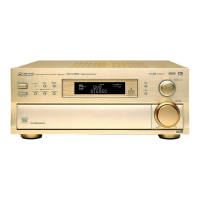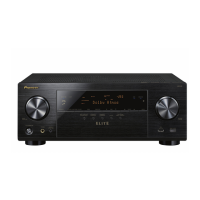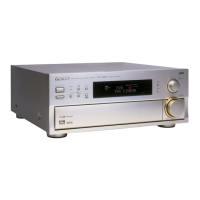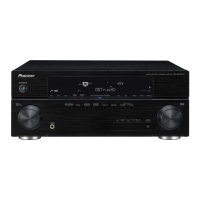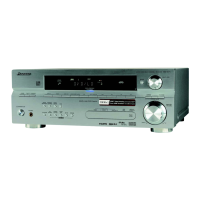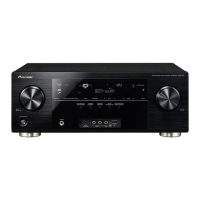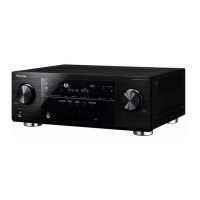What to do if the Dolby Digital / DTS indicator doesn't light up even when playing a Dolby Digital / DTS source on my Pioneer VSX-909RDS Receiver?
- RRyan RamirezSep 4, 2025
If the Dolby Digital / DTS indicator on your Pioneer Receiver doesn't light up even when playing a Dolby Digital / DTS source, ensure the source is playing and not paused or stopped. Check the audio output settings on your player, referring to its manual. Also, the current track may not be in Dolby Digital / DTS format.
